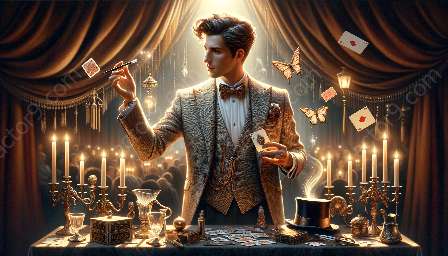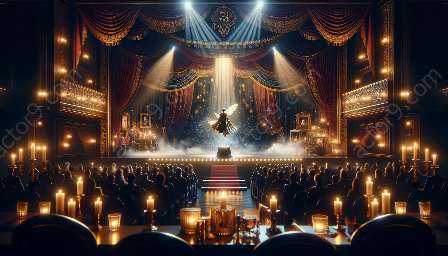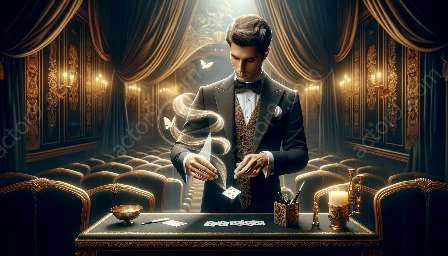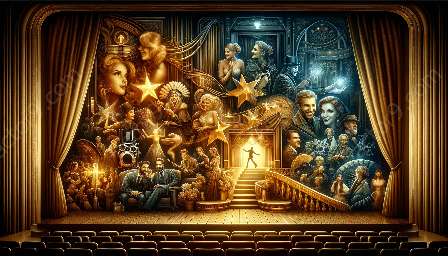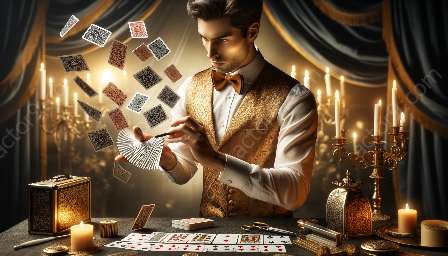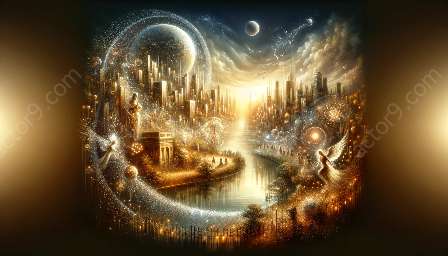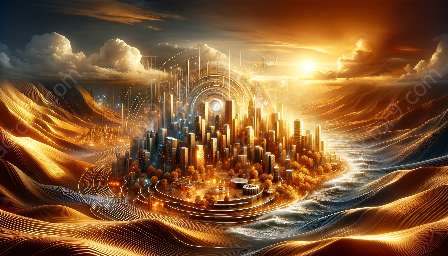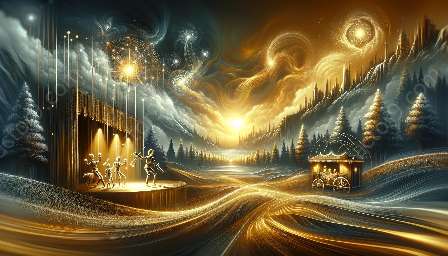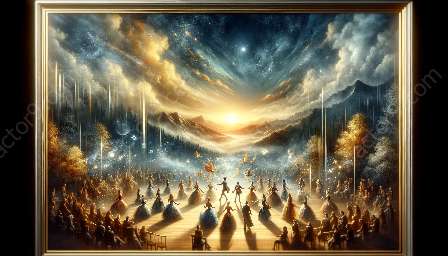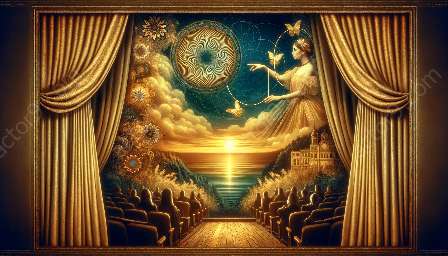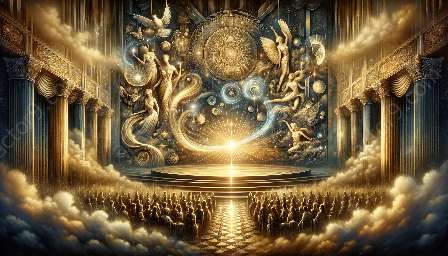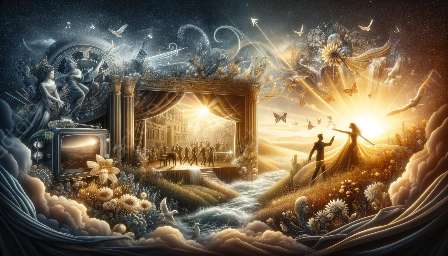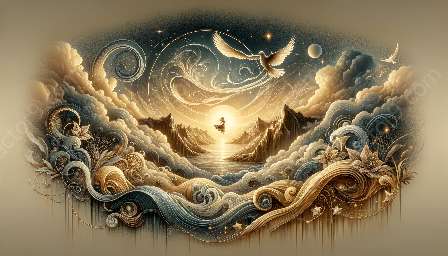Illusions have captivated and mystified humans for centuries, with their ability to deceive the senses and trick the mind. At the heart of these enigmatic experiences lie intricate psychological and physiological phenomena that contribute to their creation and perception. In this exploration, we unravel the fascinating interplay between illusion, psychology, and physiology, shedding light on their relevance in illusion design, construction, and the art of magic.
Understanding Perception and Reality
Perception and reality often intertwine in the human mind, posing a complex challenge for illusionists and designers alike. The brain's interpretation of sensory input plays a pivotal role in shaping our perception of the world around us. Illusions capitalize on the brain's inherent mechanisms for processing visual, auditory, and tactile stimuli, leveraging these processes to create captivating experiences that challenge our understanding of reality.
The Role of Psychology in Illusions
Psychological phenomena constitute the cornerstone of illusions, shaping the way individuals perceive and interpret sensory information. Illusion designers draw upon psychological principles such as gestalt psychology, which explores the brain's tendency to organize visual elements into a unified whole, and perceptual constancy, which governs the brain's ability to perceive objects consistently despite variations in sensory input. By understanding these principles, designers can craft illusions that exploit the brain's cognitive tendencies, eliciting awe and wonder in their audiences.
Physiological Aspects of Illusions
Physiological processes intricately intertwine with illusions, influencing how our sensory organs perceive the world. Vision, in particular, plays a central role in many illusions, as it relies on the eye's intricate mechanisms for processing light and translating it into neural signals. Understanding the physiology of vision allows illusionists to manipulate visual stimuli effectively, creating mesmerizing effects that challenge the viewer's perception.
Illusion Design and Construction
The art of illusion design and construction is a blend of creativity, psychology, and engineering. Incorporating psychological and physiological phenomena into the design process enables practitioners to craft illusions that engage and captivate the audience on a profound level. By leveraging the brain's perceptual tendencies and exploiting physiological processes, designers can create mind-bending illusions that leave a lasting impact on the viewer.
Magic and Illusion
The world of magic is inherently intertwined with the psychology and physiology of illusion. Magicians harness these phenomena to create enthralling performances that challenge the audience's perception of reality. From misdirection to sensory manipulation, magic incorporates a deep understanding of psychological and physiological processes to create experiences that defy explanation.


